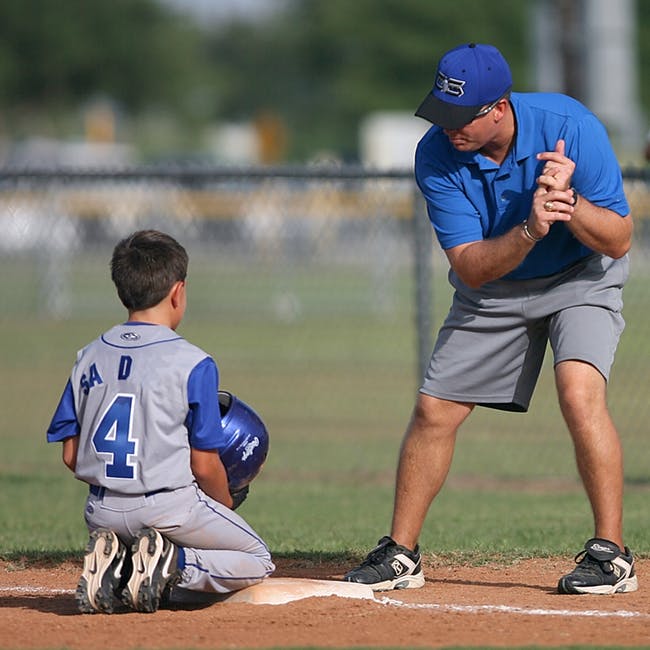Hamstring strains are a fact of life for athletes who sprint in their sport. There are a lot of factors behind this, but one of the biggest is possible a lack of strength in the lengthened position – particular when the athlete is using the hamstrings to extend the hip and the hip is uncoupling from the hip. In other words, during the time when the hamstrings are shortening to drive the foot toward the ground they are also working eccentrically to uncouple the heel from the hip.
Now, hamstring strains are very common in soccer, track/field, and many other athletes who sprint as part of their sport (witness Hunter Pence in baseball recently). Once an athlete gets a hamstring injury, they are more susceptible to another one. There are a lot of theories as to why, but little definitive research on the subject.
Timmins et al, in a 2015 issue of Medicine and Science in Sports and Exercise, did a really interesting study examining the biceps femoris of two groups of individuals. One is a control group that is recreationally active but with no history of hamstring injuries. The second is a group of national- and international level athletes (Australian Rules Football, soccer, field hockey, and track/field) with a history of hamstring injuries within the last 18 months.
The authors assessed the architecture of the biceps femoris in both legs, at rest, and at 0, 30, and 60 degrees of knee flexion. In addition, it was assessed during isometric contractions of the knee flexors at 25%, 50%, and 75% of maximal voluntary isometric contraction. In addition, the subjects performed three repetitions of the Nordic hamstring exercise.
Results:
- Fascicles in the previously injured biceps femoris were shorter than in the uninjured one.
- Muscle pennation angle was greater in the previously injured biceps femoris than the uninjured one.
- The control group (i.e. uninjured) did not have differences in fascicle length or pennation angles between their two legs.
- During the Nordic hamstring exercise, the injured limb was approximately 15% weaker (i.e. 15% less average peak force) than the uninjured one.
- The control group did not have a statistically significant difference between the two limbs during the Nordic hamstring exercise.
- There were no significant differences in maximal isometric knee flexor strength between the injured and uninjured limbs.
To me this is a fascinating study. Hamstring strain reinjury rates are huge in sports and this study might present a window into why. The injury, and perhaps even the body’s protective mechanisms, actually change the architecture of the hamstrings. This change may inhibit force production, speed, and power but it may also make reinjury more likely.
This is a small study and very focused, so it’s challenging to draw universal conclusions. But the information is fascinating. It also holds implications for athletes that are post rehab.
I think that eccentric work, strengthening in the lengthened position (i.e. exercises like the Romanian deadlift), and even flexibility work is important for athletes. I think, as a result of this information, that it is even more important for the athlete with a history of hamstring injuries.
Timmins, R.G., Shield, A.J., Williams, M.D., Lorenzen, C., and D.A. Opar. (2015). Biceps femoris long head architecture: A reliability and retrospective injury study. Medicine and Science in Sports and Exercise, 47(5), 905-913.


